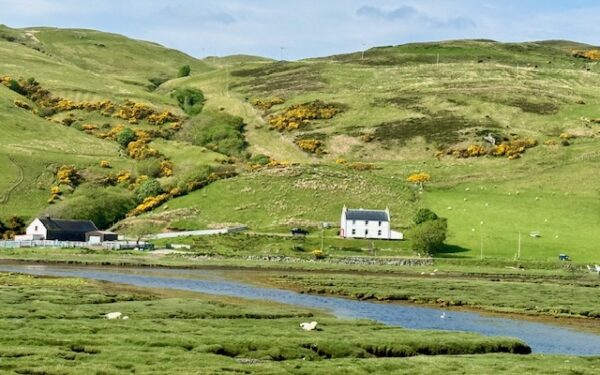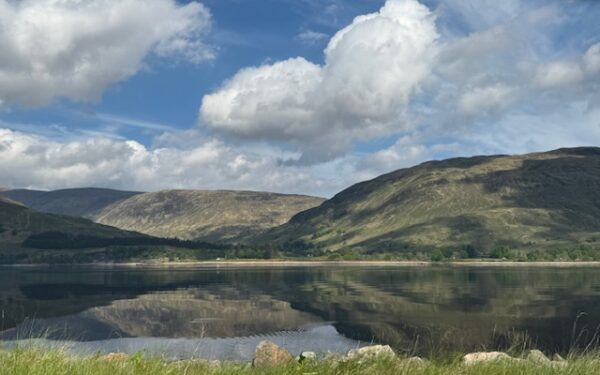“Drive slow and enjoy the scenery – drive fast and join the scenery.” Douglas Horton
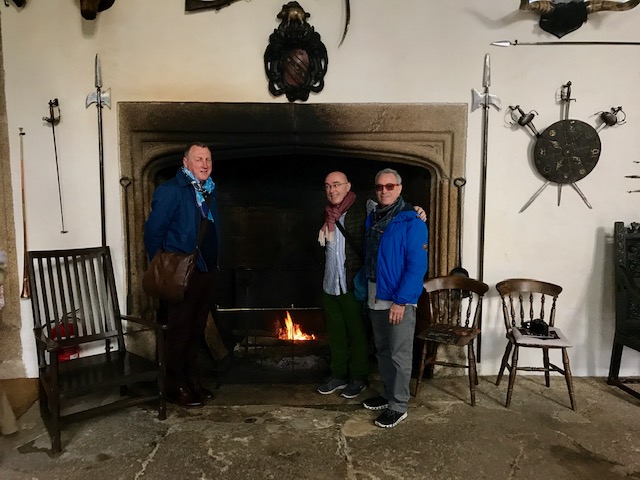
Apr 1, 2017
Today we woke up to the smell of fresh biscuits(cookies) baking. They will be an addition to the picnic my new Brijewban (Christopher)mom has prepared. After a breakfast of scrambled eggs, smoked salmon, English muffins, cereal, and fruits, we leave the house energized for our day’s adventure. We quickly filled the boot (trunk) with all our picnic supplies.
And off we go to Cornwall, the westernmost part of the southwest peninsula of the island of Great Britain. This area was first inhabited in the Palaeolithic and Mesolithic periods. It continued to be occupied by Neolithic and then Bronze Age peoples, and later (in the Iron Age) by Brythons with distinctive cultural relations to neighbouring Wales and Brittany.
Historically, tin mining was important in the Cornish economy, becoming increasingly significant during the High Middle Ages and expanding greatly during the 19th century when rich copper mines were also in production. In the mid-19th century, however, the tin and copper mines entered a period of decline.
Cornwall is the homeland of the Cornish people and is recognized as one of the Celtic nations, retaining a distinct cultural identity that reflects its history.
England has a lettering code for their motorways: M then A, B, and goat track roads -some as narrow as the car with tall hedges on both sides impeding a clear view in the winding country roads.
We reach Cotehele, a medieval house with Tudor additions, situated in the parish of Calstock, in the east of Cornwall, England. It is a rambling granite and slate-stone manor house on the banks of the River Tamar that has been little changed over five centuries.
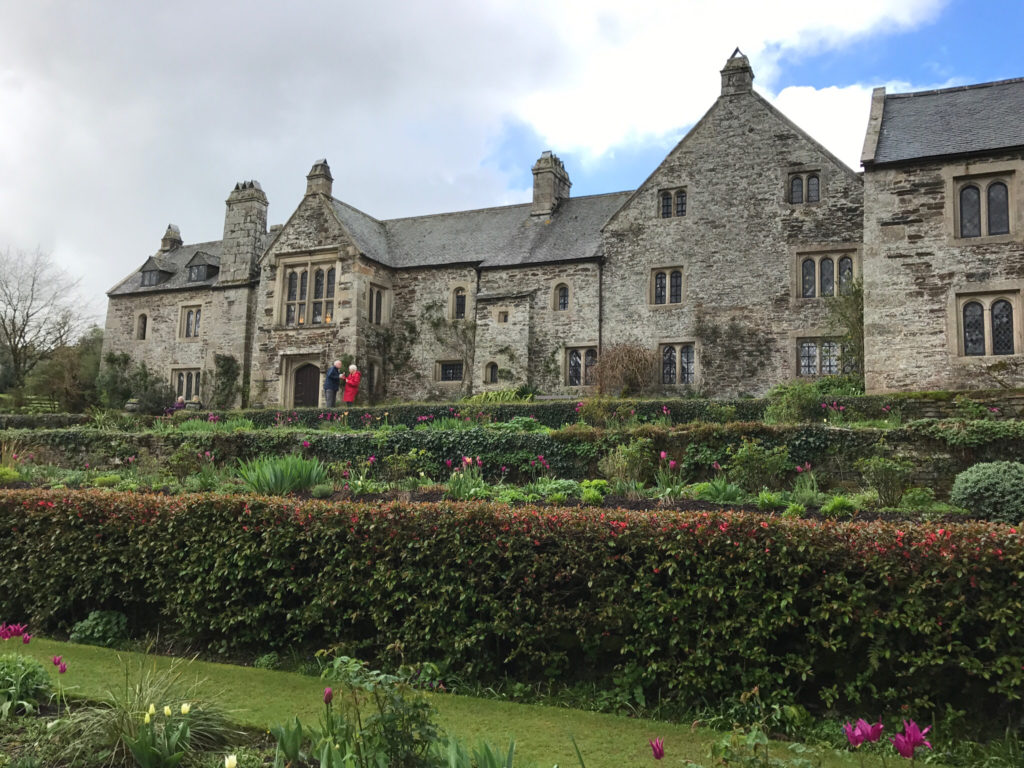
Probably originating circa 1300, this house is one of the least altered of the Tudor houses in the United Kingdom. The outbuildings include a stone dovecote in a remarkable state of preservation. For centuries a home of the Edgcumbe family, it was the first property to be accepted by the Treasury in payment of death duty. The house and estate are now under the care of the National Trust.
The house was probably founded around 1300 and various alterations were made in the early fifteenth century. The grounds stretch down to a quay on the River Tamar where there is an outpost of the National Maritime Museum. There are a number of formal gardens and a richly planted area in the valley; features include a medieval dovecote, a stewpond, a Victorian summerhouse and an eighteenth century tower. The gardens and parkland are listed on the Register of Parks and Gardens of Special Historic Interest in England.
The gardens were bursting in color with daffodils, irises, magnolia trees and an assortment of multiples blooms which name escapes as Christopher was describing them. He mentioned that in about a another month the place will be ablaze with color.
April showers were in the forecast including the sighting of a rainbow. We found a bench in the meadow with the backdrop of the manor…….and a feast was rolled out.
Assortment of local cheeses, Olives, vegetable caviar, pistachio pate (all homemade by Christopher, recipes wanted!) sweet onion chutney, wheat bread, oat cakes, cucumber mint water, fruit juices and wine……currants and orange biscuits and ginger cake (David will need to get baking) but dessert will come later with tea after a walk through the forest down to the old mill and quay by the river.

Little did I know that the walk up the hill to get the car was truly a climb every mountain moment – the incline on the road did not seem that steep as we drove it. No wonder the boys were all smiles when I told them I could pick up the car.
Our next stop – Plymouth. It’s a city that sits between the mouths of the rivers Plym to the east and Tamar to the west where they join Plymouth Sound to form the boundary with Cornwall.
Plymouth’s early history extends to the Bronze Age, when a first settlement emerged at Mount Batten. This settlement continued as a trading post for the Roman Empire, until it was surpassed by the more prosperous village of Sutton founded in the ninth century, now called Plymouth. In 1620, the Pilgrim Fathers departed Plymouth for the New World and established Plymouth Colony – the second English settlement in what is now the United States of America.
After the English Civil War the Royal Citadel was built in 1666 on the east end of Plymouth Hoe, to defend the port from naval attacks. Smeaton’s Tower, which was built in 1759 as a lighthouse on rocks 14 miles off shore, but dismantled and the top two thirds rebuilt on the Hoe in 1877. It is open to the public and has views over the Plymouth Sound and the city from the lantern room. Plymouth has 20 war memorials of which nine are on The Hoe including: Plymouth Naval Memorial, to remember those killed in World Wars I and II, and the Armada Memorial, to commemorate the defeat of the Spanish Armada.
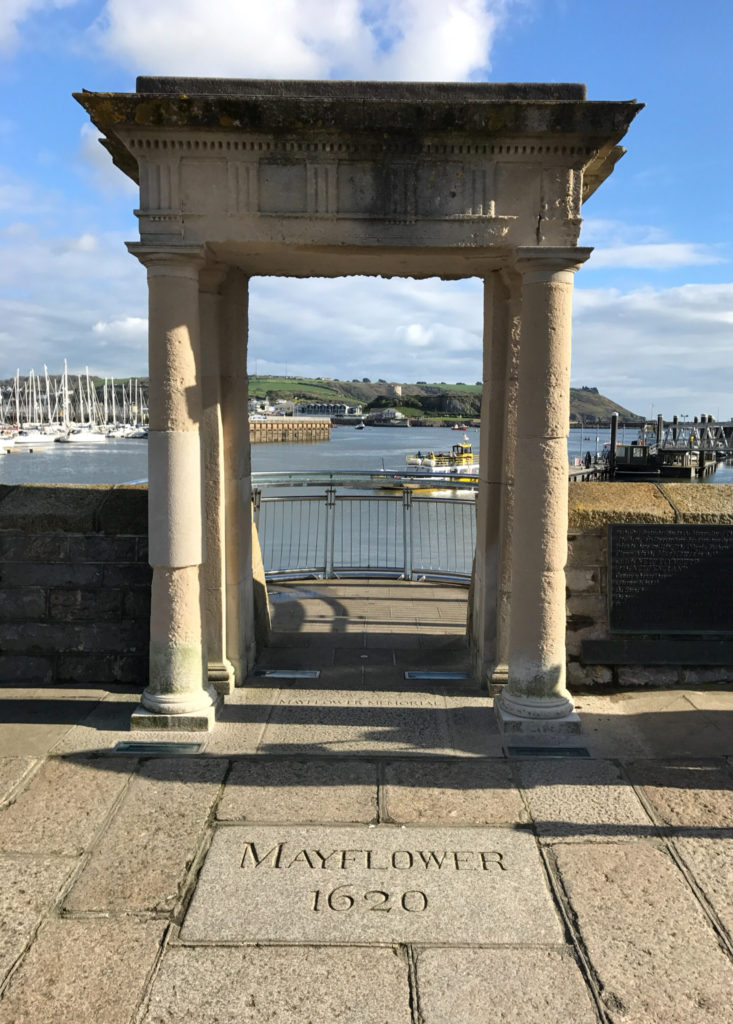
The early port settlement of Plymouth, called “Sutton”, approximates to the area now referred to as the Barbican and has 100 listed buildings and the largest concentration of cobbled streets in Britain. The Pilgrim Fathers left for the New World in 1620 near the commemorative Mayflower Steps in Sutton Pool.
So we walked the Hoe all the way down to the Mayflower Steps close to the site in the Barbican area from which the Pilgrim Fathers are believed to have finally left England aboard the Mayflower, before crossing the Atlantic Ocean to settle in North America on 6 September 1620. The ‘Steps’ today consist of a commemorative portico with Doric columns. It was built in 1934,and a small platform over the water with a brushed steel rail and a shelf with some nautical bronze artwork and historical information.
After another few thousands more steps added to our fit bit, we set off again through goat roads to Dartmouth, a tourist destination set on the western bank of the estuary of the River Dart.
Dartmouth was of strategic importance as a deep-water port for sailing vessels. The port was used as the sailing point for the Crusades of 1147 and 1190 It was a home of the Royal Navy from the reign of Edward III and was twice surprised and sacked during the Hundred Years’ War, after which the mouth of the estuary was closed every night with a great chain. The narrow mouth of the Dart is protected by two fortified castles, Dartmouth Castle and Kingswear Castle.
The earliest street in Dartmouth to be recorded by name (in the 13th century) is Smith Street. Several of the houses on the street are originally late 16th century or early 17th century and probably rebuilt on the site of earlier medieval dwellings. The street name undoubtedly derives from the smiths and shipwrights who built and repaired ships here when the tidal waters reached as far as this point.
The town contains many medieval and Elizabethan streetscapes and is a patchwork of narrow lanes and stone stairways. A significant number of the historic buildings are listed. One of the most obvious is the Butterwalk, built 1635 to 1640. Its intricately carved wooden facade is supported on granite columns. Charles II held court in the Butterwalk whilst sheltering from storms in 1671 in a room which now forms part of Dartmouth Museum. Much of the interior survives from that time.
A claimant for the oldest building is a former merchant’s house in Higher Street, now a Good Beer Guide listed public house called the Cherub, built circa 1380. Agincourt House (next to the Lower Ferry) is also 14th century.
We explored its streets and buildings before settling at The Cherub, very lively pub, for a pint, before a dinner of Fish ‘n Chips and Peas(not mushy).
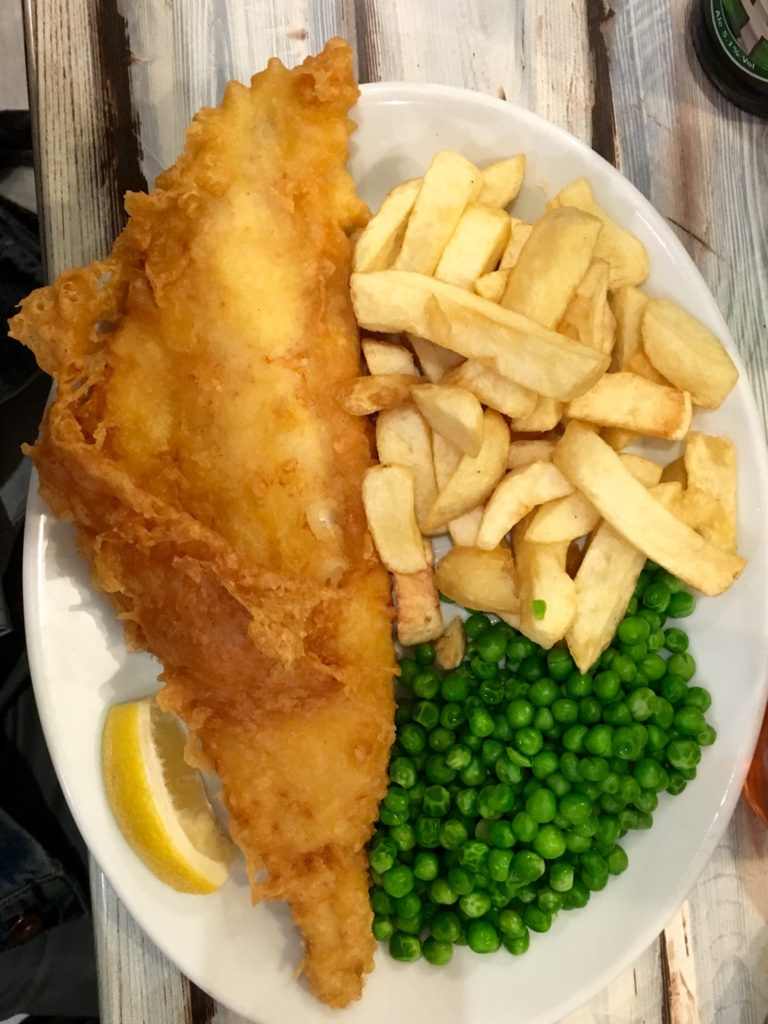
The trip home included taking a ferry to the left side of the river for the short way home – again partially through goat tracks which are easier to drive at night in total darkness – at least you can see oncoming lights.
Back to civilization and home and quickly the pot of tea was boiling and the sweets came out, more chatting and then late to bed.
Jim and Christopher have been exceptional hosts, I really hate leaving tomorrow. I want to spend more time with them, but hopefully will see them soon in NYC as Christopher is planning to celebrate a big zero birthday in the Big Apple.
Drive to Heathrow tomorrow morning then our own Plymouth Voyage crossing the Atlantic………coming to America.




